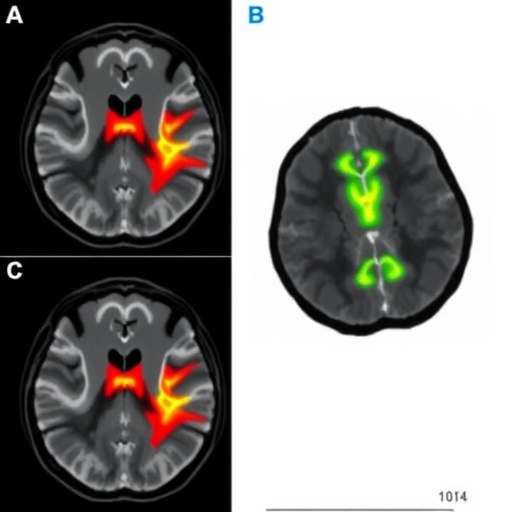This is the story of two perfectly harmless genes. By themselves, PAX3 and MAML3 don’t cause any problems. However, when they combine during an abnormal but recurring chromosomal mismatch, they can be dangerous.
The result is a chimera — a gene that is half of each — and that causes biphenotypic sinonasal sarcoma. The tumor usually begins in the nose and may infiltrate the rest of the face, requiring disfiguring surgery to save the individual. Because Mayo Clinic pathology researchers have now described the molecular makeup of the rare tumor, several existing cancer drugs may be targeted against it. The findings appear in the current issue of Nature Genetics.
In 2004, Mayo Clinic pathologists Andre Oliveira, M.D., Ph.D., and Jean Lewis, M.D., first noticed something unusual about a tumor sample they were analyzing under the microscope. By 2009, they had seen the same pathology several times and had begun collecting data. In 2012, they and a team of Mayo collaborators published their discovery and defined a new class of tumor not previously described. Now, less than two years later, they are Closeup of lab worker with test tubes and doing researchinforming the medical community of the “nature of the beast” — the genetic structure and molecular signature of this seldom-recognized type of cancer, which seems to strike women 75 percent of the time. It is rare, but how rare no one knows as most of the cases they examined were initially diagnosed as various other types of cancer. They were able to first identify and then characterize it because Mayo Clinic is considered one of the world’s largest referral centers for sarcoma diagnosis and treatment.
“It’s unusual that a condition or disease is recognized, subsequently studied in numerous patients, and then genetically characterized all at one place,” says Dr. Oliveira, who subspecializes in the molecular genetics of sarcomas. “Usually these things happen over a longer period of time and involve separate investigators and institutions. Because of Mayo’s network of experts, patient referrals, electronic records, bio repositories, and research scientists, it all happened here. And this is only the tip of the iceberg. Who knows what is in our repositories waiting to be discovered.”
First Seen Nearly 60 Years Earlier
While the cancer wasn’t formally identified until 2009, a subsequent search of Mayo Clinic’s medical records showed that a Mayo patient had the cancer in 1956. The identical description was found in physician notes within Mayo’s computerized database and confirmed with careful microscopic analysis. Dr. Oliveira took his investigation one step further and located that patient’s original tumor samples kept all those years in Mayo’s bio repositories. His analysis confirmed that the tumor possessed this same genetic chimera. In a way, Mayo Clinic had discovered the same rare cancer twice. The notes from the original physician added to the findings of the more recent discovery. For Dr. Oliveira, it was a surprising but not unheard of “collaboration” with a Mayo colleague from two generations ago.
Significance of the Discovery
Other than the increased knowledge about this rare cancer, its mechanisms and the potential for a treatment drug, researchers also are interested in the discovery because of its potential as a disease model.
“The PAX3-MAML3 chimera we identified in this cancer has some similarities to a unique protein found in alveolar rhabdomyosarcoma, a common cancer found in children,” says Mayo Clinic molecular biologist and co-author Jennifer Westendorf, Ph.D. “Our findings may also lead to a better understanding of this pediatric disease for which, unfortunately, there is no specific treatment.”
Story Source:
The above story is based on materials provided by Mayo Clinic, Bob Nellis.





